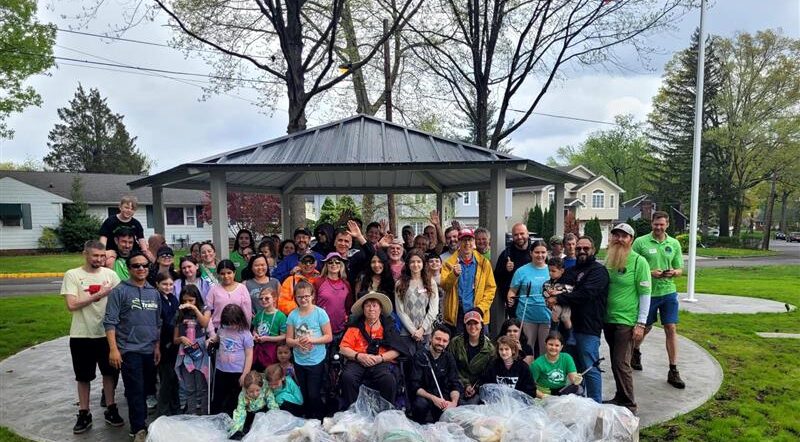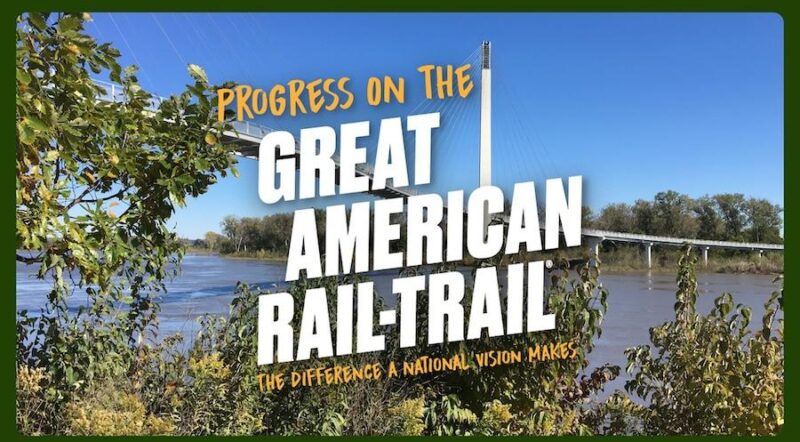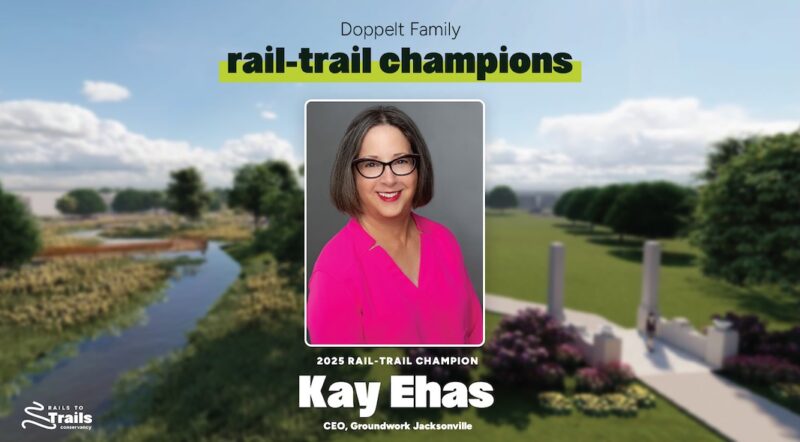What’s at Stake: Federal Funding Threats Sacrifice Community Connectivity
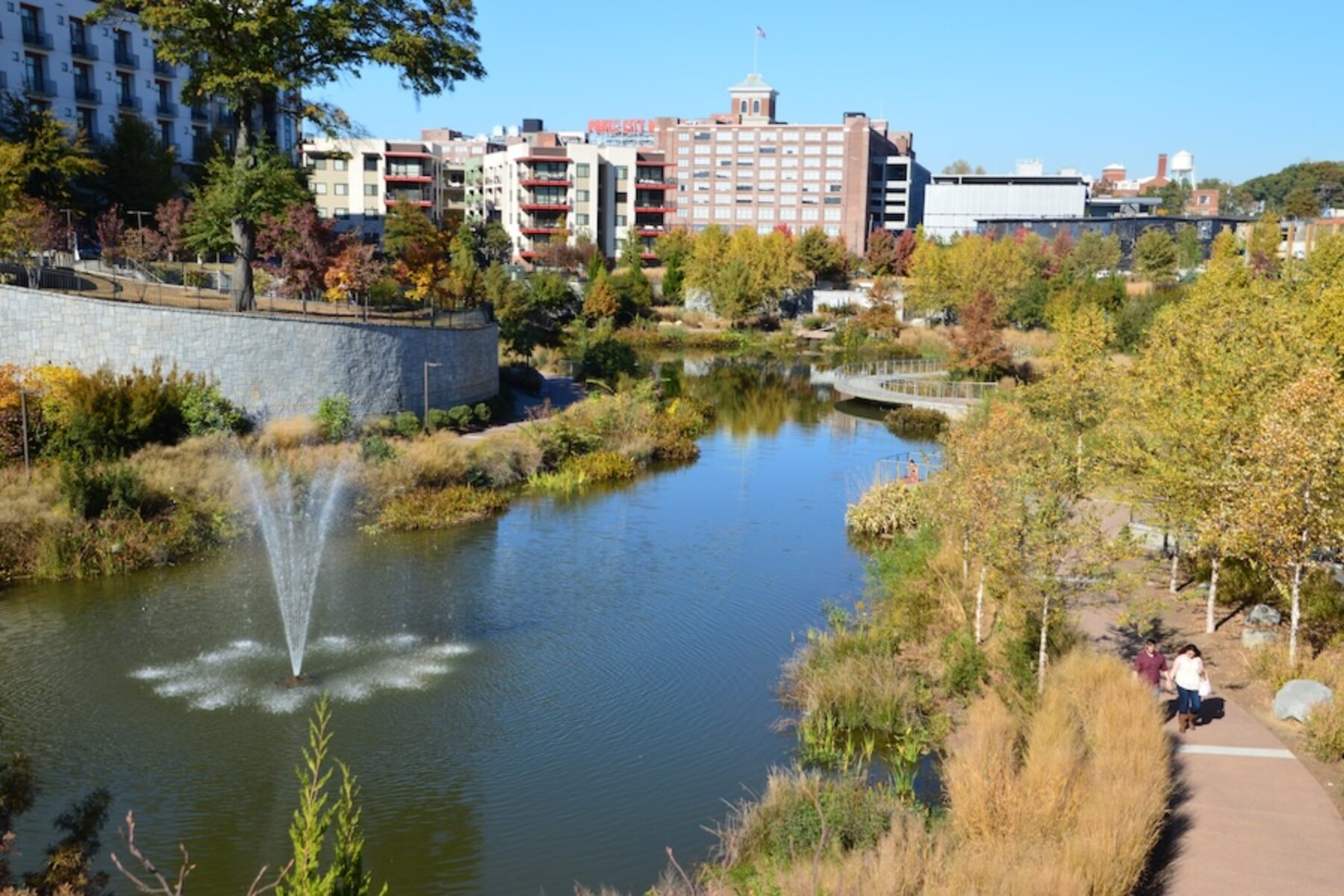
Only a few years ago, Congress made unprecedented commitments to restore communities harmed by the construction of highways, railways and other infrastructure, very often low-income communities and Communities of Color. Now, Congress has stripped much of that funding away, leaving communities that had benefited with whiplash.
Advocates and leaders celebrated when Congress created the Reconnecting Communities Pilot program (RCP) and the Neighborhood Access and Equity (NAE) program, the first-ever federal programs designed to stitch communities back together. These programs acknowledged the damage that was done to communities by misdirected and harmful transportation investments—limiting their mobility, figuratively and literally, when infrastructure decisions were made at the cost of people’s homes, lives and jobs, often fueled by the races and classes different neighborhoods represented.
The funding from these programs supercharged existing efforts to reimagine divisive infrastructure and revitalize surrounding neighborhoods, catalyzing new, locally driven planning. It caught the attention of many leaders in Congress and the U.S. Department of Transportation (USDOT) when that planning revealed an outsized emphasis on trails, walking and biking projects as essential to reconnecting and repairing the harm of this divisive infrastructure, in addition to the expected highway removal and decking projects. Between the two programs, the vast majority of projects included elements addressing the needs of pedestrians and bicyclists, and one-quarter of funds were for projects focused solely on active transportation connectivity. In fact, when the programs were combined under one funding cycle, the Reconnecting Communities and Neighborhoods grant awards marked the largest single federal investment in active transportation, providing national-scale evidence that trails hold the power to reconnect communities as well as the depth of demand for trails across America.
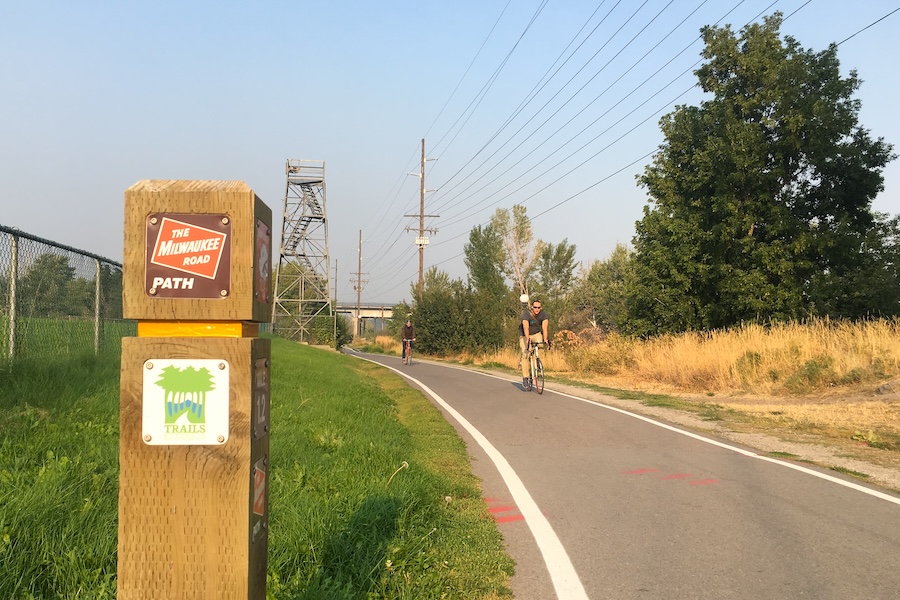
Unfortunately, the passage of the One Big Beautiful Bill earlier this month zeroes out much of that funding and the progress it promised to hundreds of communities. The bill rescinded all unobligated funding from NAE, including approximately $750 million for trails—a major blow to active transportation projects nationwide and a threat to the safety of millions of Americans.
The scale of the impact is devastating. In Jacksonville, Florida, $147 million in funding to support the development of the 30-mile Emerald Trail was clawed back. This rescinded funding was the largest federal grant in the city’s history and would have built five trail segments, accounting for half of the 30-mile urban trail intended to reconnect 14 historic neighborhoods to downtown, as well as schools, hospitals and parks.
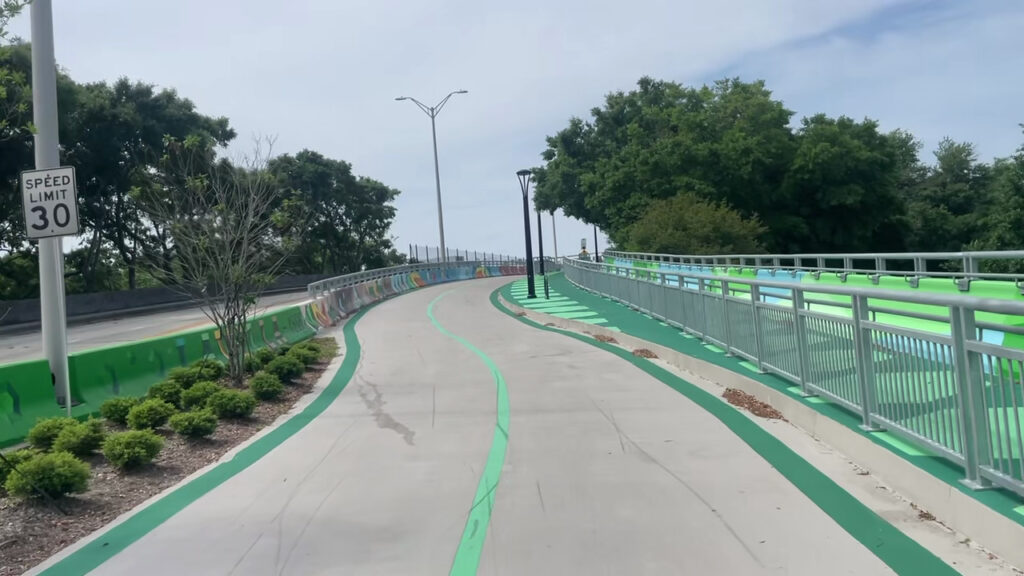
According to local leaders, projects like the Emerald Trail—without consistent, dependable federal funding that matches the scale of the project, like the funding available under NAE and other federal discretionary grant programs—are expected to face delays and cost increases as they navigate smaller local, state and federal grants at a much slower pace.
“Exhalation when we knew we were getting it, and I would say majorly disappointed now that it’s been rescinded,” said Groundwork Jacksonville CEO Kay Ehas.
The Emerald Trail is already attracting both housing and retail in the area, making this project a clear economic driver. Jacksonville City Council member Matt Carlucci said the project “is about bringing people together across long-standing divides. I still believe it’s a vision worth believing in and fighting for.”
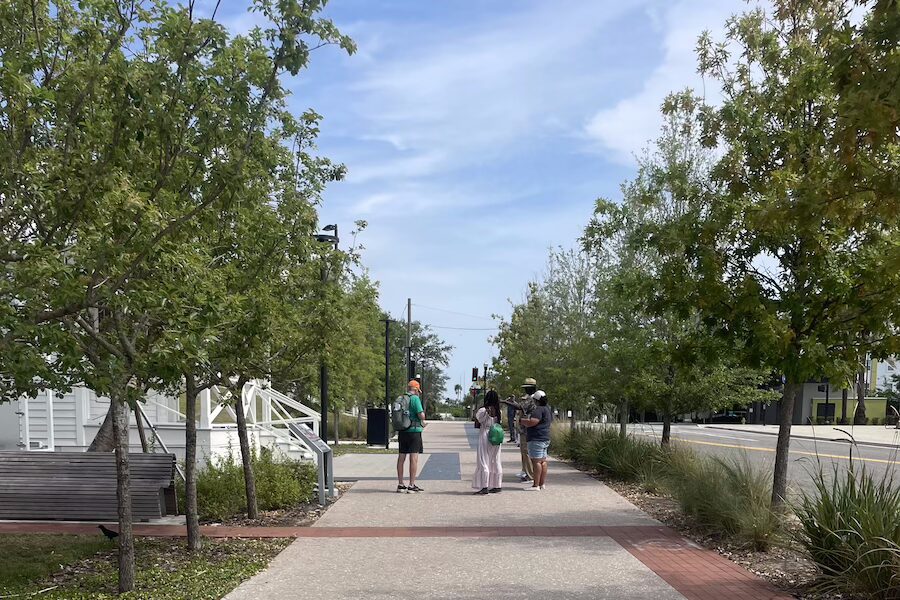
U.S. Reps. John Rutherford (R-Fla.-05) and Aaron Bean (R-Fla.-04) also committed their support for securing additional federal funding for the Emerald Trail in Jacksonville after its grant was zeroed out in the federal reconciliation law. “I think that’s the way we get to where we want Jacksonville to be,” Rutherford said in an interview with the Florida Times-Union.

In Alabama, the One Big Beautiful Bill zeroed out $92.7 million in grants awarded to multiple projects that were critical to plans in Birmingham, Decatur, Huntsville and Montgomery. These projects were designed to create increased mobility options and new opportunities for economic development in rural, suburban and urban areas, pushing forward efforts to create a statewide trail system. This statewide effort, known as Sweet Trails Alabama, seeks to leverage Alabama’s outdoor beauty and natural assets to expand its economy by supporting entrepreneurs and attracting new businesses, talent and tourists.
“Sweet Trails Alabama lays out a strategic approach to maximize opportunities for our residents. By connecting existing trails throughout the state, we’re leveraging past federal, state and local investments to create an outsized return for Alabamians and a competitive advantage for our state,” said Sen. Andrew Jones (Ala.-10), who is a lead sponsor of the Sweet Trails Alabama plan.
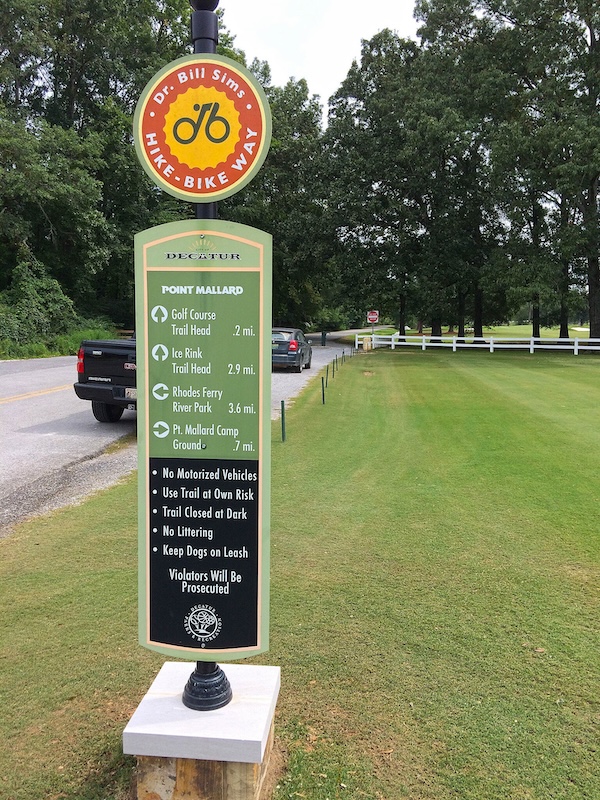
“People in Alabama want more trails because they know that this infrastructure will make life better. They can get outside and around their communities, more people will want to visit Alabama and spend money, and there will be new economic opportunities, like in Anniston, where the Chief Ladiga Trail extension generates more than $1.3 million in economic activity each year.”
“Sweet Trails Alabama is a bold vision—which is what we need to realize big results for the state. And we need federal funding to make that happen. The biggest barriers to realizing this vision are lack of access to resources and funding to move trail development forward. Public support is nearly universal, and trails are the top amenity that residents want to see more of, but the investment hasn’t caught up,” said Jones.
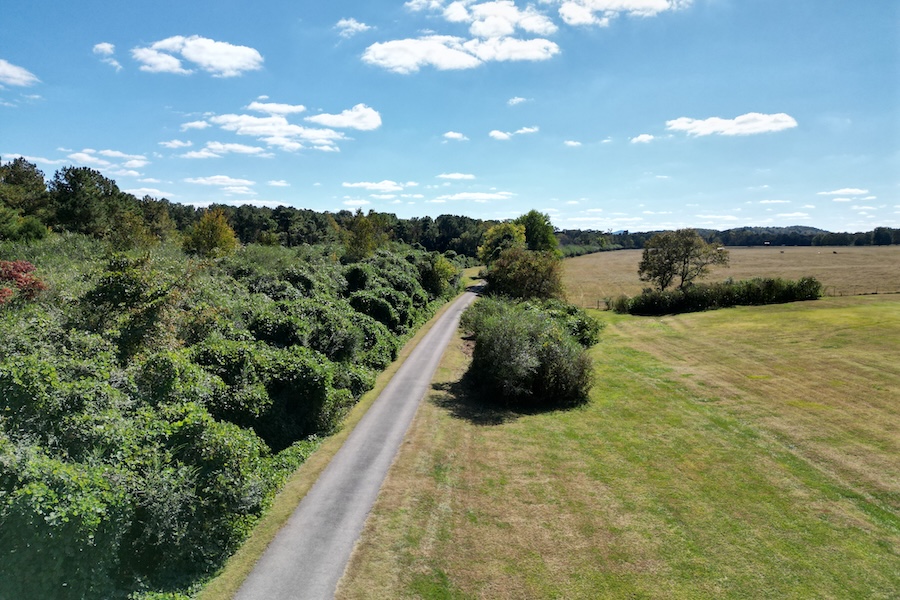
The ripple effects of the NAE grant rescission are being felt immediately and will be felt for years to come as both construction and planning grants have been affected. In Georgia, the law eliminated $64.9 million to connect the Atlanta Beltline to the Flint River, including a significant investment in planning for the entire corridor. The planning portion of the grant was intended to bring into focus an approach for connecting multiple neighborhoods in the region, providing mobility options across multiple interstates and rails, including access to and from public transit and for more than 60,000 employees who work at the airport. Overall, the project is a catalyst for development across multiple communities and one of the region’s most underinvested counties, Clayton.
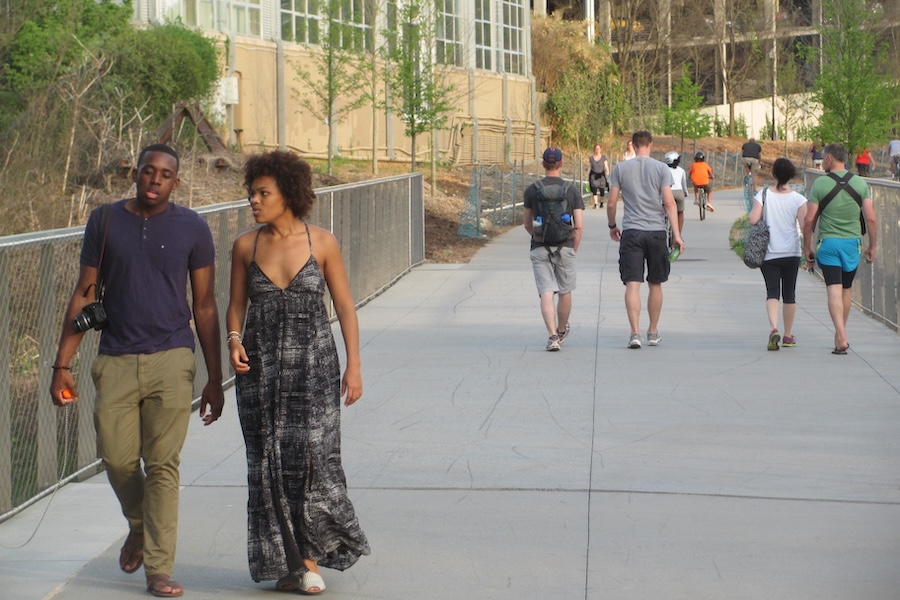
In each of these cases, local leaders have committed to finding ways to move these projects forward, but the reality is that this claw back will slow down progress that was promised when the USDOT awarded the funding last year. And in many communities, there won’t be other options for the scale of investment needed to make progress on these substantial infrastructure projects. With the loss of these funds, efforts to keep people safe while walking and biking, as well as to make it easier for people to access important destinations within and between communities, will be stalled, as will be the expected economic benefits of these projects. For now, many of these projects will have to wait.
The rescission of NAE grants came at the same time the USDOT has paused hundreds of other active transportation projects as part of its ongoing review of discretionary grants awarded by the previous administration—including RCP grants and RAISE grants, among others. These reviews are increasing costs, causing uncertainty and delaying project benefits for those communities fortunate enough to still have funding.
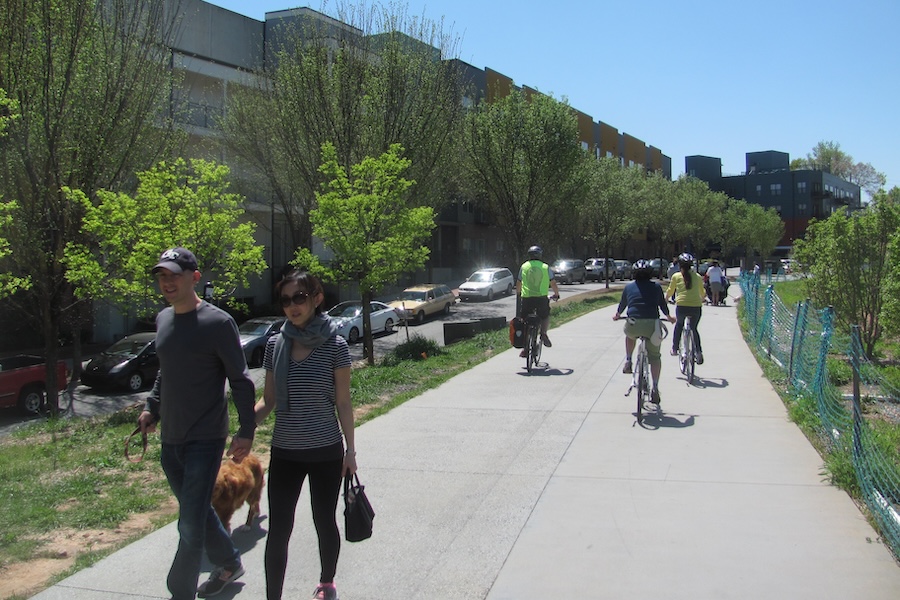
Despite these setbacks, there is no turning back. The demand for this infrastructure is strong, and the urgency of restoring and revitalizing divided communities remains. Places that received and lost funding are exploring new local, state and federal funding sources to deliver their projects. And the secret is out. Trails hold the power to reconnect communities. Given the unprecedented opportunity to secure funding for redeveloping and connecting neighborhoods through locally driven projects, communities chose trails and active transportation.
These Congressional and administrative actions to rescind and delay funds are appalling. However, they provide insight about what we can expect as we approach other important legislative milestones, including reauthorization of the federal surface transportation law in 2026. We must work together and remain vigilant in elevating this infrastructure as essential to the country’s economy, safety and quality of life and ensure that these setbacks are recorded in history as a one-time detour from the trail.
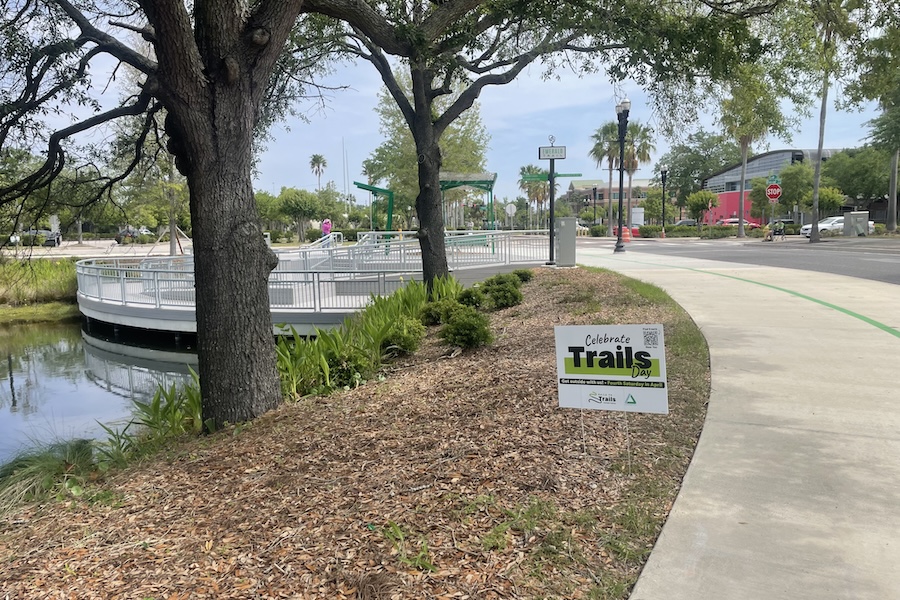

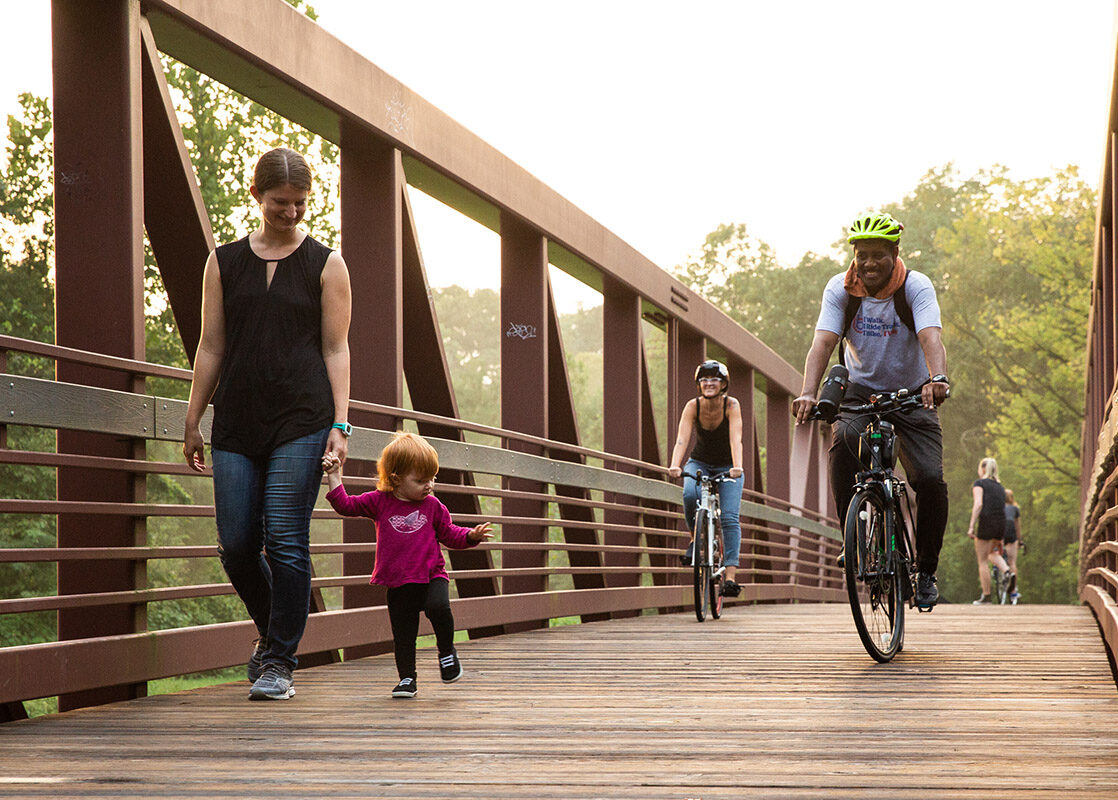
Donate
Everyone deserves access to safe ways to walk, bike, and be active outdoors.
